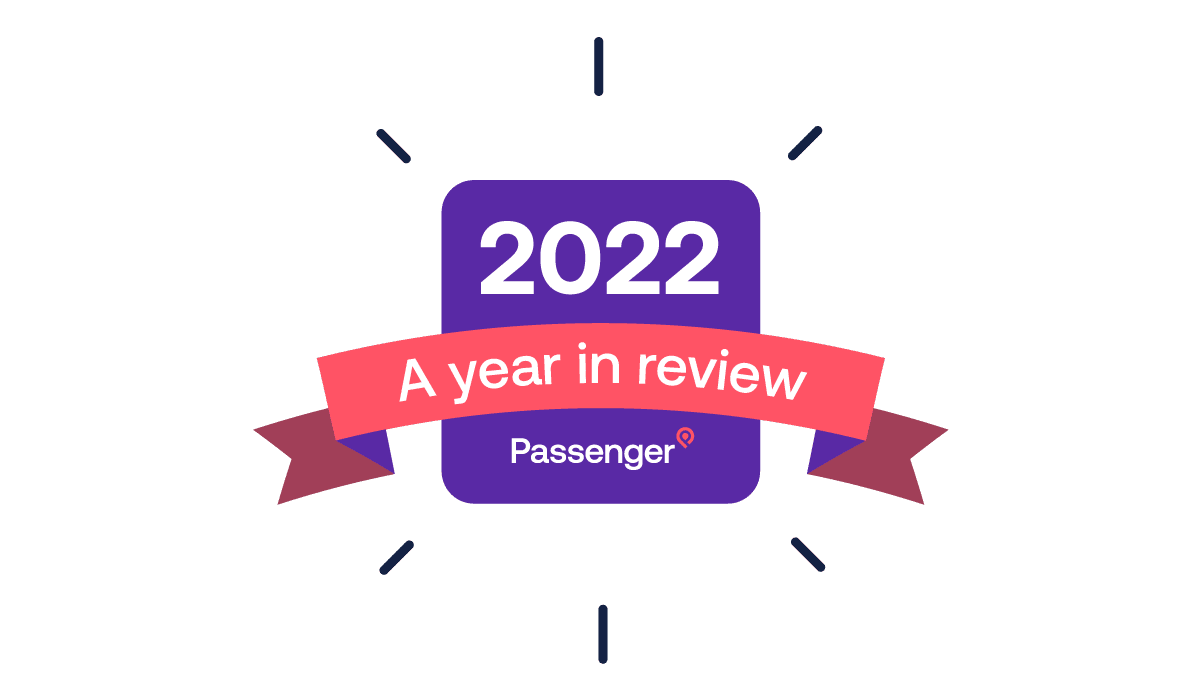Standardised systems are the key to accurate information
Working in silos is not an option: How standardised systems are key to boosting patronage on public transport.
7th Apr 2022


It’s no secret that public transport’s reputation has been tarnished by historically unreliable services. While delays or cancellations in services often cannot be avoided, increased frustrations come where travellers are not made aware of such instances in advance – and unfortunately, this has become a recurring theme.
The problem has been exacerbated in the short-term by driver shortages, but a significant long-term issue is that many public transport data streams do not link up to create accurate information. What’s more, many operators use a completely different data stream to others within the same area, so information that’s contributed to the Bus Open Data Service (BODS) is disjointed, making it difficult to generate truly accurate information. It’s evident that above all else, we need a standardised system.
Recent research compiled by Professor Marcin Budka and his PhD student Thilo Reich at Bournemouth University, which Passenger also contributed to, highlights the importance of developing a standardised framework to transmit and record public transport data. According to Marcin, one of the issues causing inconsistent information is undocumented quirks in proprietary systems, such as ticket machines behaving in a certain way when they think a bus is approaching a bus stop. If these systems were based on an open standard, such issues could be identified and rectified.
A standardised system would mean everyone is effectively singing from the same hymn sheet as operators work across the same framework, using data which is open and accessible by all – rather than relying on their individual ways of doing things.
At Passenger, we believe pooling resources together can vastly improve operations. Our products bring data and systems together under one umbrella to make operations as easy as possible for public transport operators. This in turn makes information easy for their customers to navigate. An example is our real-time information feature, which combines multiple data streams to give passengers up-to-the-minute travel information. By doing so, information is far more accurate and trustworthy, and easier to digest in one central platform.
An important consideration is that there needs to be a willingness for operators and their suppliers to collaborate with others, share data and align on the way in which they gather data. As the research states, ‘predication performance can be improved if the data is as clean as possible. This means that technology providers need to collaborate to ensure the best possible outcome for public transport as a whole.’
Any business involved in the public transport industry should be working towards a common goal – inspiring more people to opt for more sustainable means of travel in place of their cars. Working in silos is not an option. Our individual business objectives rely on the success of our industry, so we all need to work in tandem to make this possible.”
Read the full research paper Bus journey simulation to develop public transport predictive algorithms.

Newsletter
We care about protecting your data. Here’s our Privacy Policy.
Related news

23rd Oct 2022
Passenger’s deep learning research with Bournemouth University
Our doctoral research work with Bournemouth University into the development of novel deep-learning methods for the prediction of arrival times in urban bus networks.

23rd Dec 2022
2022 in review
It has been a rollercoaster of a year in so many ways, but as 2022 comes to a close we wanted to look back at all the good stuff we’ve collaborated on and delivered hand in hand with the bus industry and our partners.

Start your journey with Passenger
If you want to learn more, request a demo or talk to someone who can help you take the next step forwards, just drop us a line.